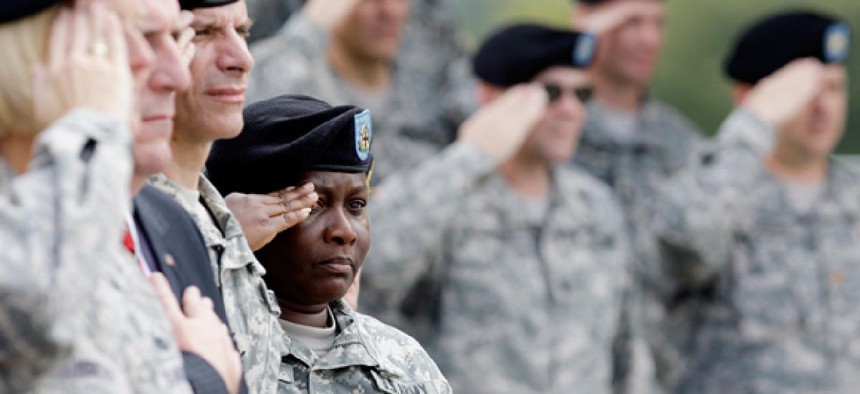The growing rural isolation of veterans
Pentagon leaders are lamenting that civilians have less contact with the realities of military life.
America’s population of veterans has been shrinking for years. This means – as Pentagon leaders have begun to lament – that civilians have less contact today with the realities of military life (and afterlife for veterans) than at any point in memory. On this Veterans’ Day, you’re much less likely to know a vet than you would have been 30 years ago.
If you live in a city, your odds are even worse. Some new research about to be published in the journal Armed Forces & Society concludes that veterans haven’t just been disappearing as a share of the population; those who remain have also been segregating into a smaller and smaller slice of rural America, often near military installations in states like Florida, Texas and Alabama.
Jay Teachman, a sociologist at Western Washington University, looked at county-level census data from 1980, 1990, 2000 and 2010, covering the period of time when the military had transitioned to an all-volunteer force. In 1980, there were more than 28 million vets in America (and more than 2 million soldiers on active duty). By 2010, that number had fallen to 22 million (with 1.4 million on active duty). Over the same time span, the country’s population swelled by some 80 million people. This means the share of veterans among us dropped from 12 percent in 1980 to around 7 percent in the most recent census.
NEXT STORY: Analysis: From war to work



